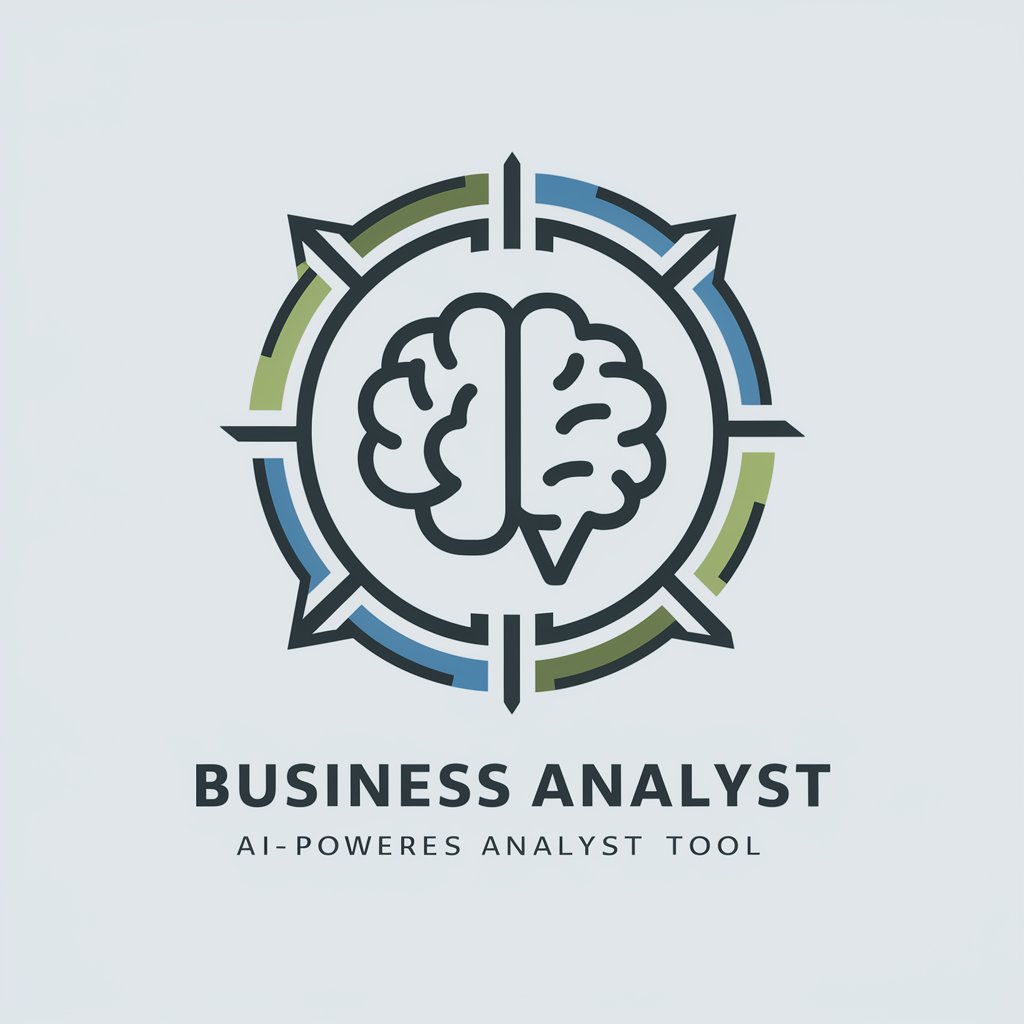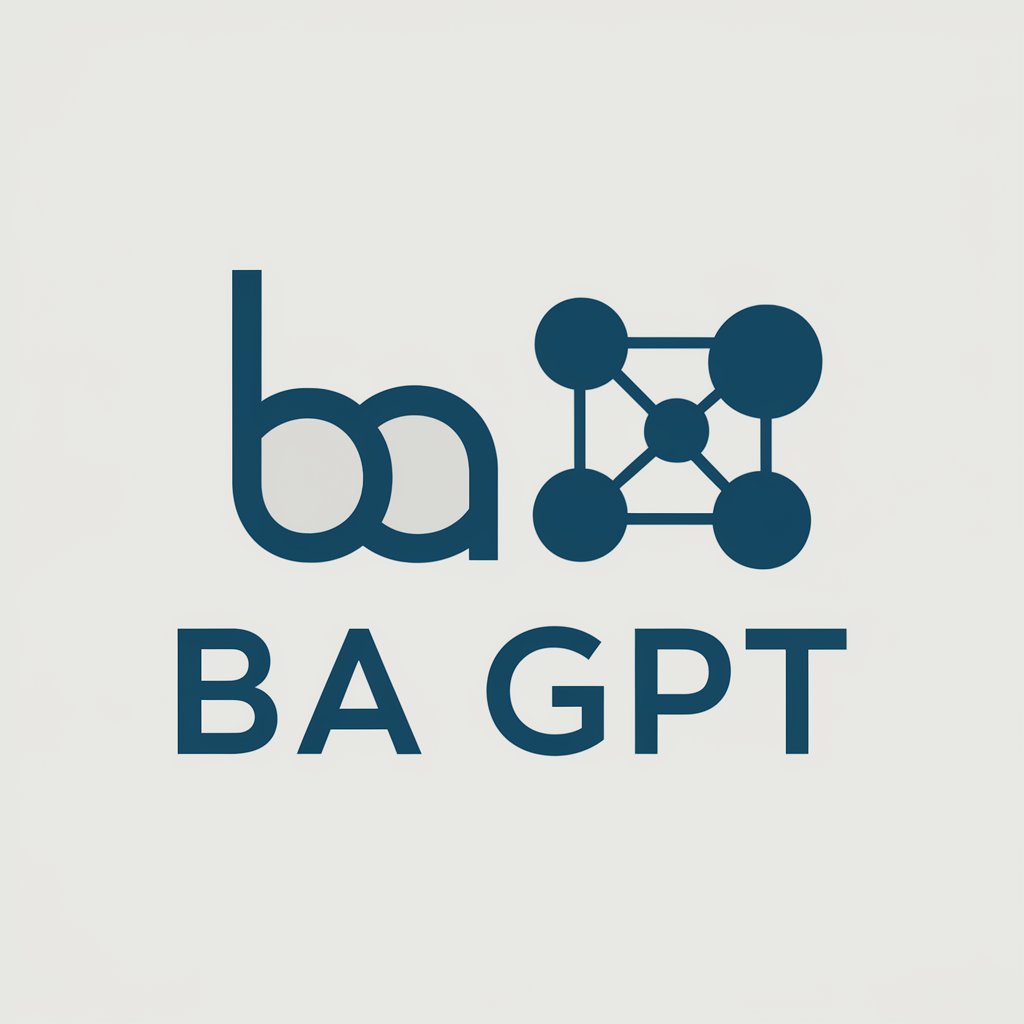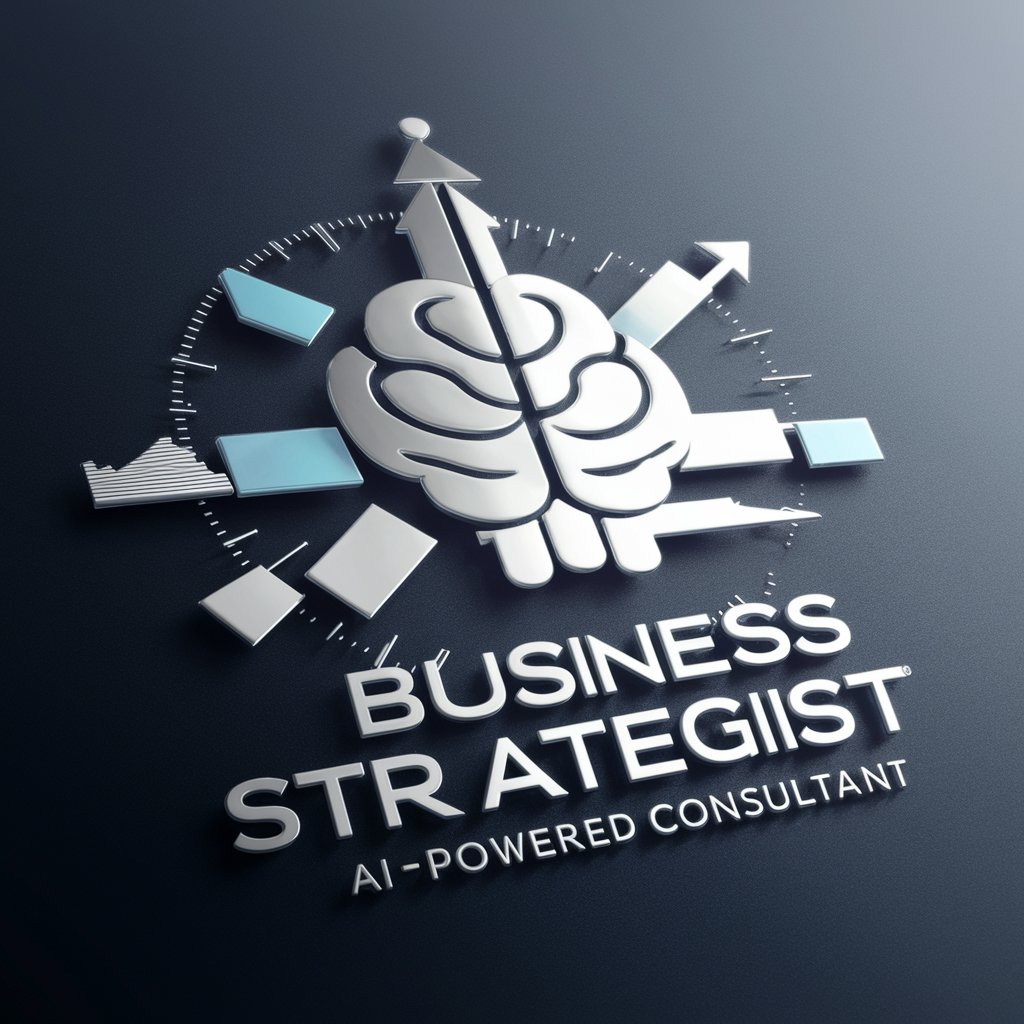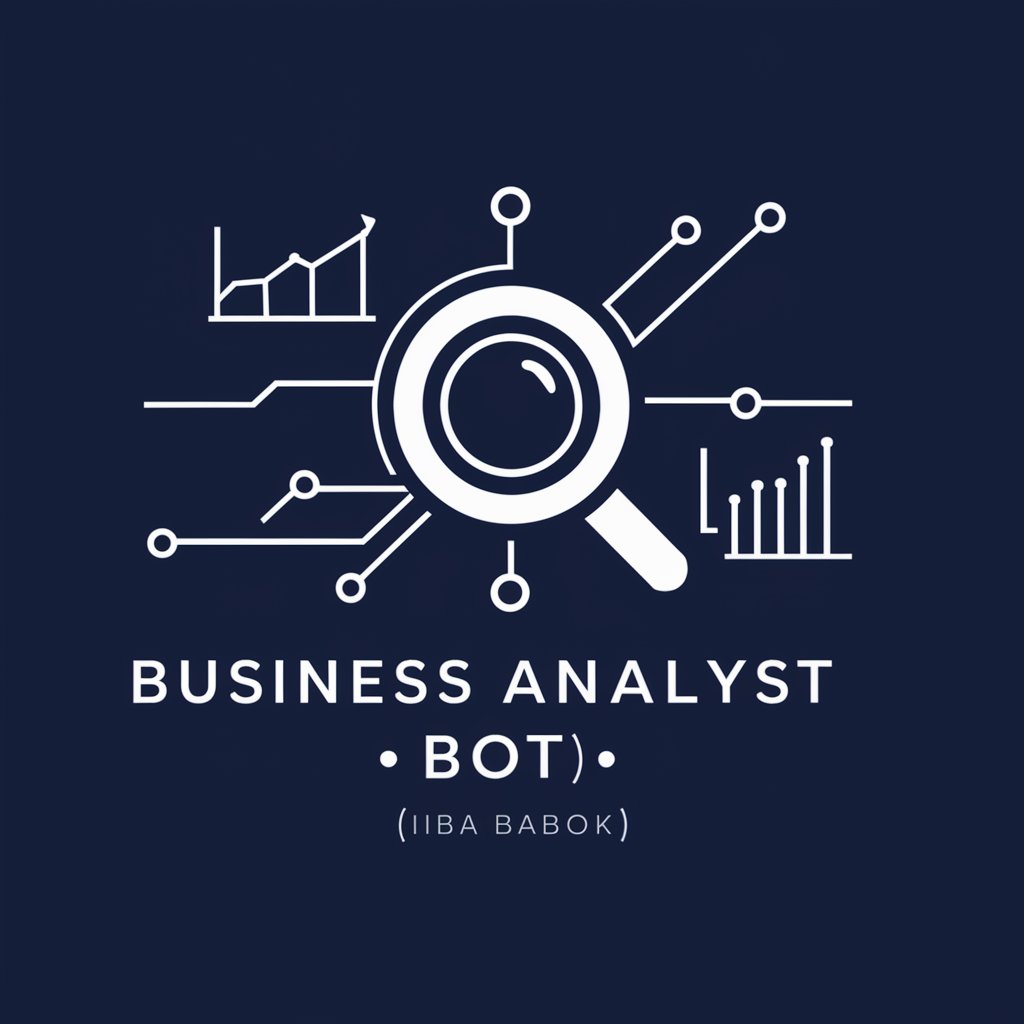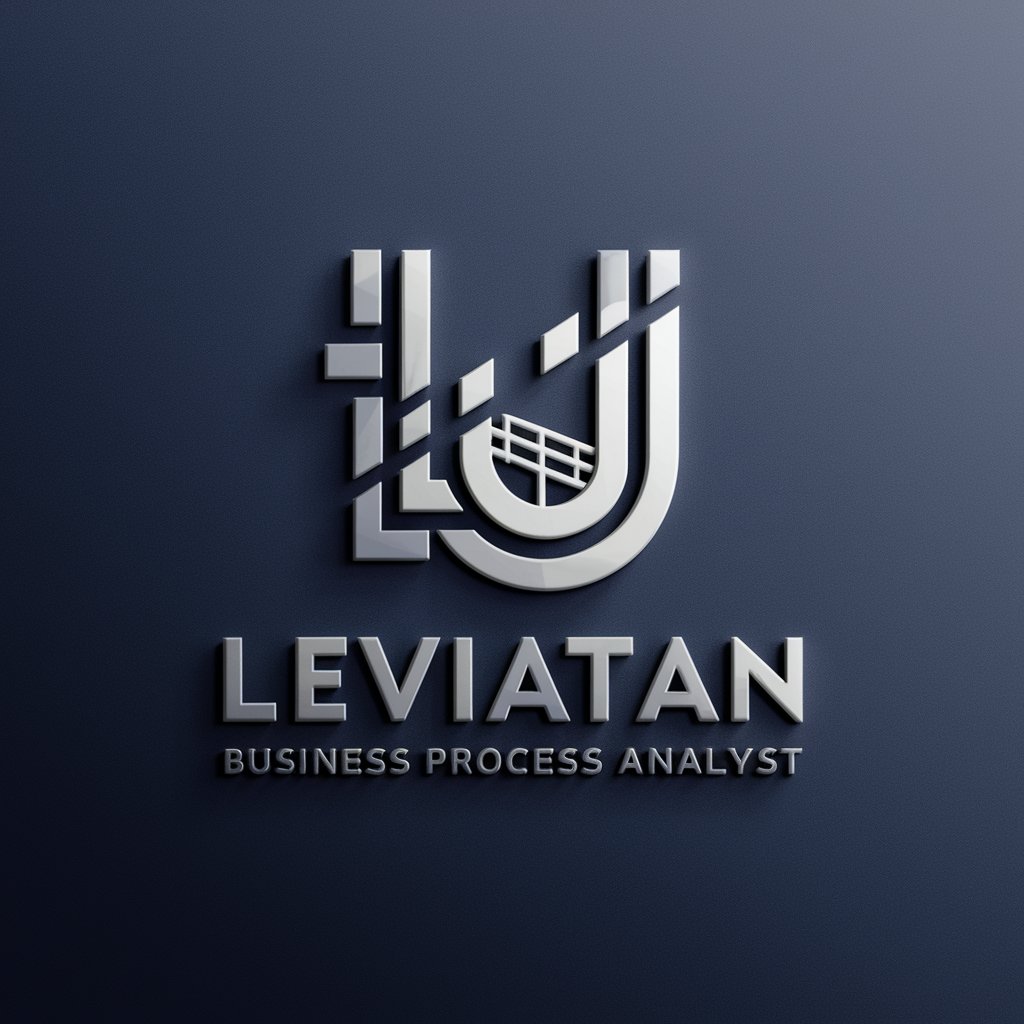
IT Business Analyst - AI-Powered IT Analysis

Welcome, I'm your professional IT Business Analyst. How can I assist with your analysis needs?
Revolutionizing IT Analysis with AI
How should I structure this User Story from the given requirements?
What Acceptance Criteria align with this User Story?
Can you guide me in formulating Test Cases for this scenario?
How does fit gap analysis impact this requirement?
Get Embed Code
Overview of IT Business Analyst Role
An IT Business Analyst plays a pivotal role in bridging the gap between business requirements and technology solutions. This professional specializes in analyzing and translating business needs into detailed IT requirements, ensuring that the implemented technology solutions align with business goals. The IT Business Analyst facilitates communication between stakeholders and the IT team, assesses processes, determines requirements, and delivers data-driven recommendations and reports to executives and stakeholders. For example, in a scenario where a company seeks to enhance its customer service platform, an IT Business Analyst would first gather and analyze requirements from various departments, such as sales and customer service, and then translate these into detailed specifications for the IT team to develop or integrate an appropriate software solution. Powered by ChatGPT-4o。

Key Functions of IT Business Analyst
Requirements Gathering
Example
Eliciting detailed business requirements through interviews, surveys, and analysis.
Scenario
In a project to develop a new inventory management system, the IT Business Analyst conducts stakeholder interviews to understand the needed functionalities and constraints.
Fit-Gap Analysis
Example
Comparing business requirements against current capabilities to identify gaps and opportunities.
Scenario
Analyzing an existing CRM system to identify gaps in customer data tracking compared to the desired state defined by the sales and marketing teams.
Solution Assessment and Validation
Example
Evaluating and validating the proposed IT solutions to ensure they meet business needs.
Scenario
Reviewing a proposed cloud storage solution for data compliance and suitability for the company's data storage and access needs.
Process Improvement
Example
Identifying and recommending enhancements to business processes through technology.
Scenario
Proposing automation tools to streamline the company's invoice processing system, reducing manual entry and errors.
Stakeholder Communication
Example
Facilitating effective communication between stakeholders and IT teams to align objectives and expectations.
Scenario
Leading regular meetings between the finance department and IT developers during the implementation of a new financial reporting tool.
Target User Groups for IT Business Analyst Services
Business Executives
Executives benefit from clear insights into how IT solutions can address business challenges and drive strategic goals. They rely on IT Business Analysts to translate technical aspects into business impacts.
Project Managers
Project Managers leverage IT Business Analysts for detailed requirement analysis, ensuring that projects align with business objectives and are delivered efficiently.
IT Teams
IT professionals work closely with Business Analysts to understand the business context of their technical work, ensuring that solutions are effectively tailored to meet business needs.
End Users
End users, such as employees in various departments, benefit from systems and processes that are optimized and user-friendly, a direct result of effective business analysis.
Stakeholders
Stakeholders, including investors and department heads, depend on Business Analysts to ensure that IT investments align with business strategies and deliver value.

Utilizing the IT Business Analyst Tool
1. Begin Your Experience
Visit yeschat.ai for a free trial, offering immediate access without the need for a login or ChatGPT Plus subscription.
2. Identify Your Requirements
Clearly define the IT project or business problem you are addressing. This could involve user story creation, acceptance criteria formulation, or test case development.
3. Engage with the Tool
Interact with the IT Business Analyst by inputting your specific requirements, queries, or scenarios. Utilize its capabilities to craft detailed user stories, acceptance criteria, or test cases.
4. Analyze and Adapt Outputs
Review the generated outputs for accuracy and relevance. Refine your queries based on the initial responses to improve precision and applicability.
5. Apply Insights Practically
Implement the insights, stories, and criteria in your IT project or analysis process, ensuring to align them with your business objectives and technical constraints.
Try other advanced and practical GPTs
No Web Browser GPT
Unlock knowledge with AI, no browser needed.
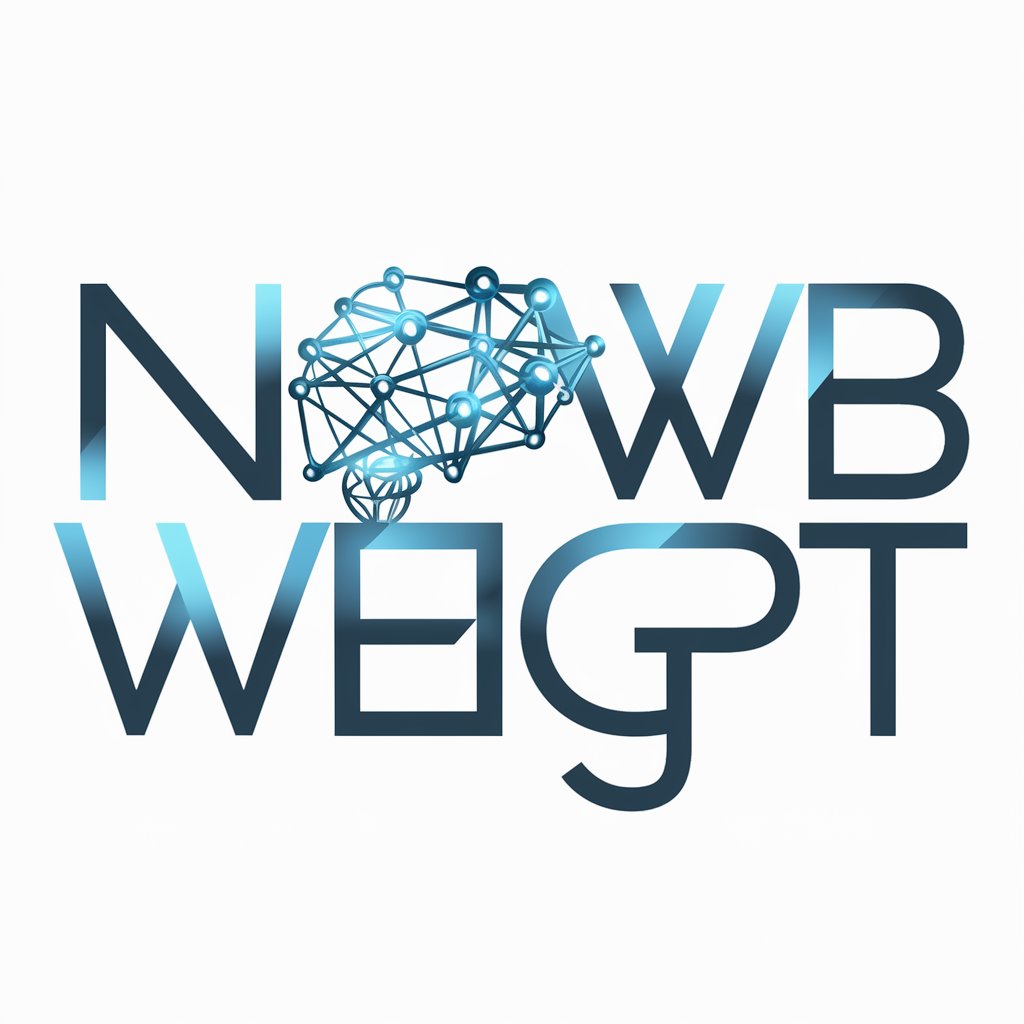
Network Marketing Mentor
Elevating Network Marketing with AI Insight

Functional Health Coach
Empowering Your Health Journey with AI

Army Doctrine Publication 6-22
Empowering military leadership excellence.

BusinessGPT
Empowering Businesses with AI Insights

Translator Pro
Translating not just words, but cultures

Process Architect
Streamlining Business Processes with AI-Powered BPMN Expertise
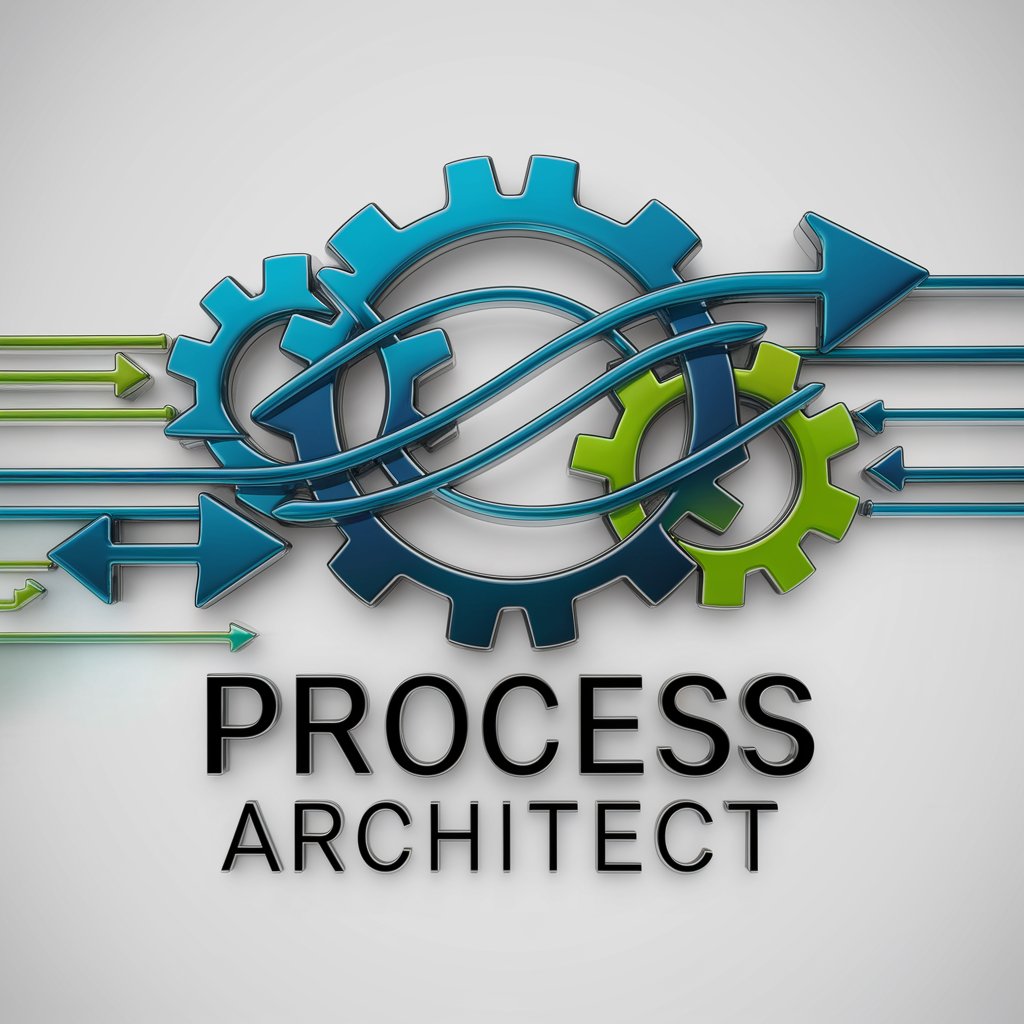
Blog Post Architect
Tailor Your Content with AI

Random Outfit Generator
Dress Smartly with AI-Powered Style

MoziGPT
Empower Your Business with AI-Driven Lead Generation

ChefGPT
Elevate Your Meals with AI

Review Assistant
Transform customer feedback into engagement opportunities
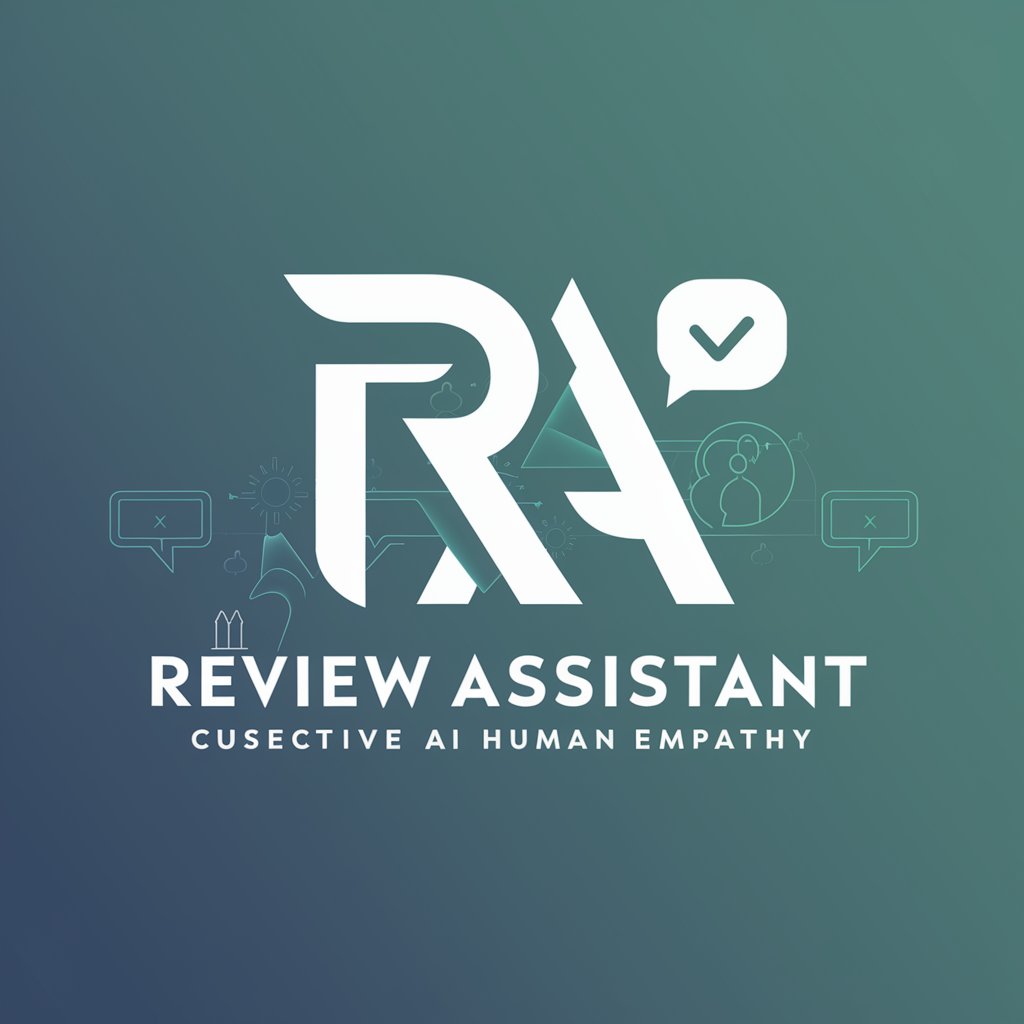
Frequently Asked Questions about IT Business Analyst
What types of user stories can IT Business Analyst generate?
IT Business Analyst can generate a wide range of user stories tailored to specific IT projects, including those focused on software development, system integration, and process optimization. The stories are crafted to be clear, actionable, and aligned with business objectives.
How does IT Business Analyst ensure the relevance of acceptance criteria?
By analyzing the provided user stories and project context, IT Business Analyst creates precise and measurable acceptance criteria. It considers technical feasibility, business goals, and user needs to ensure relevance and applicability.
Can IT Business Analyst assist in test case development?
Yes, it can develop comprehensive test cases based on user stories and acceptance criteria. These test cases are designed to cover various scenarios, ensuring thorough validation of functionalities and requirements.
How does fit gap analysis work in IT Business Analyst?
IT Business Analyst conducts fit gap analysis by comparing current system capabilities with desired functionalities, identifying gaps, and suggesting potential solutions or workarounds.
Is IT Business Analyst suitable for non-technical users?
Absolutely. While it caters to detailed IT business analysis, its intuitive interface and clear outputs make it accessible to non-technical users involved in project management or business analysis.
